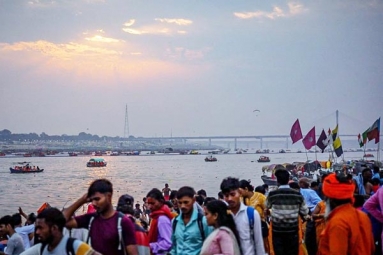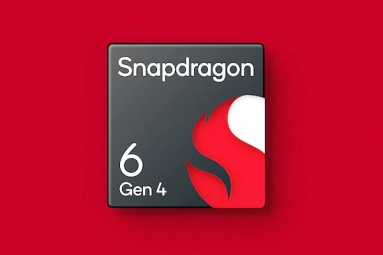
(Image source from: x.com/esa)
The European Space Agency has shared an image of Rama Setu taken by Copernicus' Sentinel-2 satellite. Also known as Adam's Bridge, it is a chain of sandbars that connects India and Sri Lanka. Ram Setu is a 48 km long stretch between the Rameswaram Islands on the southeast coast of India, connecting the Mannar Islands in Sri Lanka. It separates the Gulf of Mannar (in the south), the entrance to the Indian Ocean, from the Straits of Bagh (in the north), the entrance to the Bay of Bengal. Although there are many theories as to how the bridge was created, geological evidence suggests that these limestone rocks are the remnants of the land that once connected India to Sri Lanka. According to the European Space Agency, this "natural bridge was navigable until the 15th century and was gradually destroyed by storms over the years". Some sandbars are dry and the sea here is very shallow, only 1-10 m deep, as you can tell by the light color of the water. The approximately 130 square kilometer island of Mannar is connected to the Sri Lankan mainland by road and rail bridges. Both can be seen on the southern tip of the island.
This week's @ESA_EO #EarthFromSpace is a @CopernicusEU #Sentinel2 image of Adam’s Bridge, a chain of shoals linking India and Sri Lanka. pic.twitter.com/Zo584h9KhK
— European Space Agency (@esa) June 21, 2024
On the Indian side, Rameswaram Island, also known as Pampan Island, is accessible via the 2 km long Pampan Bridge. There are two large towns: Pampan on the western edge and Rameswaram, 10 km east of Pampan. Both parts of Ram Setu are part of national parks protected in their respective countries. “The sand dunes provide breeding grounds for birds such as sandpipers, and the shallow waters are home to a variety of fish and sea grass. Marine life around Adams Bridge includes dolphins, dugongs and turtles,” the European Space Agency added. Earlier this year, Prime Minister Narendra Modi visited Arichal Junction, the starting point of Ram Setu.










